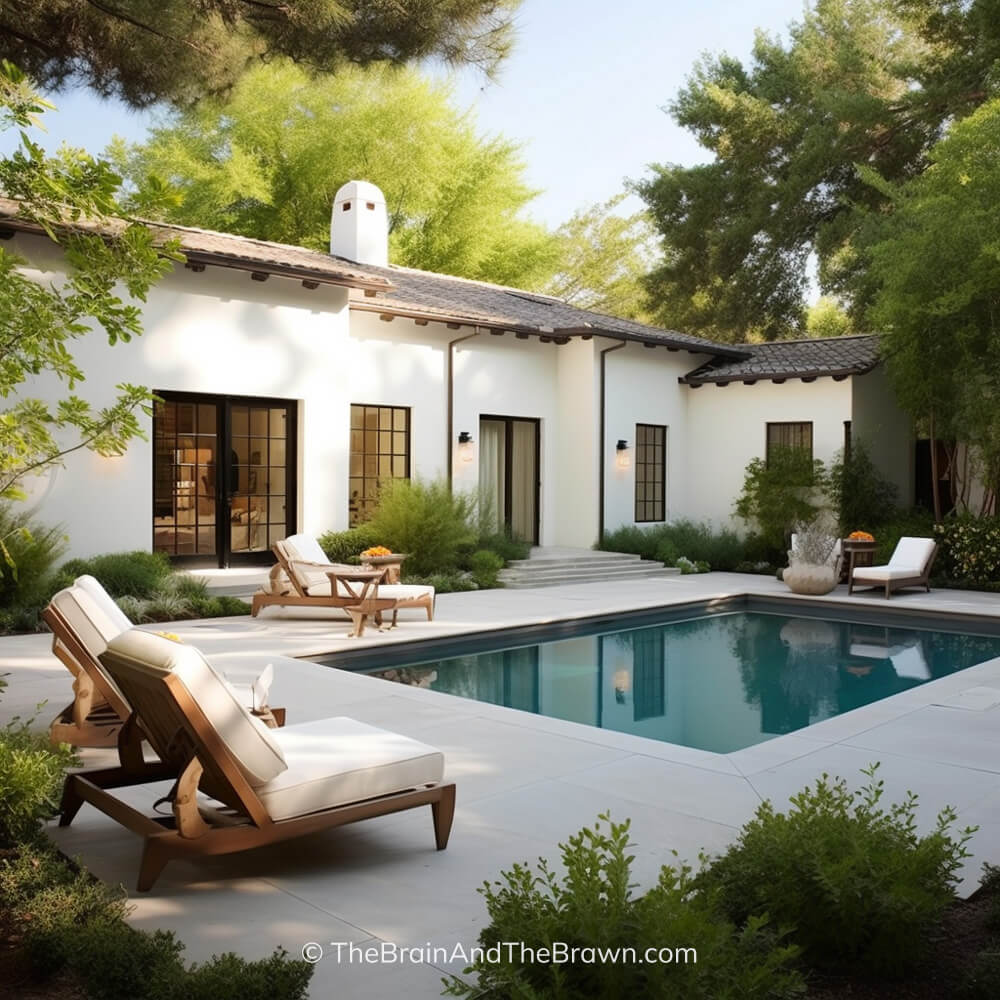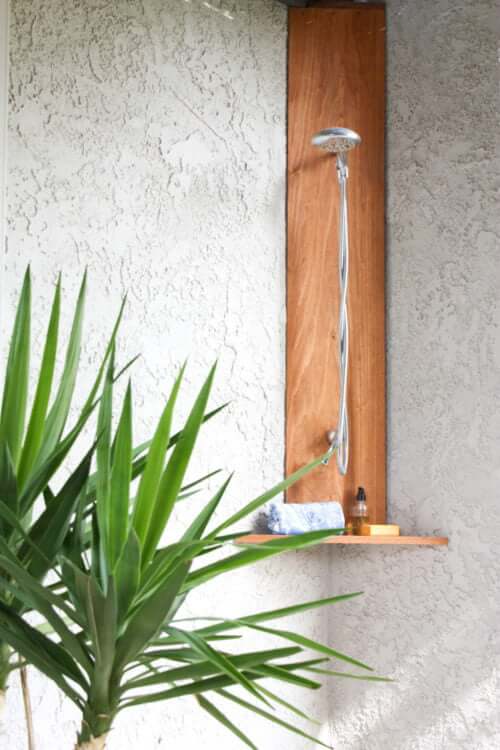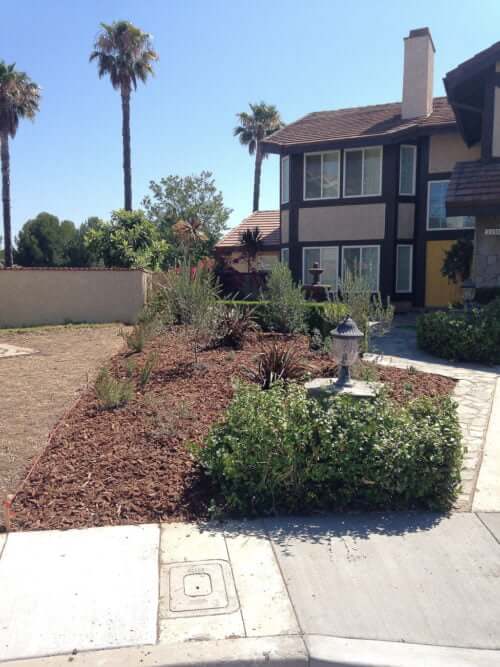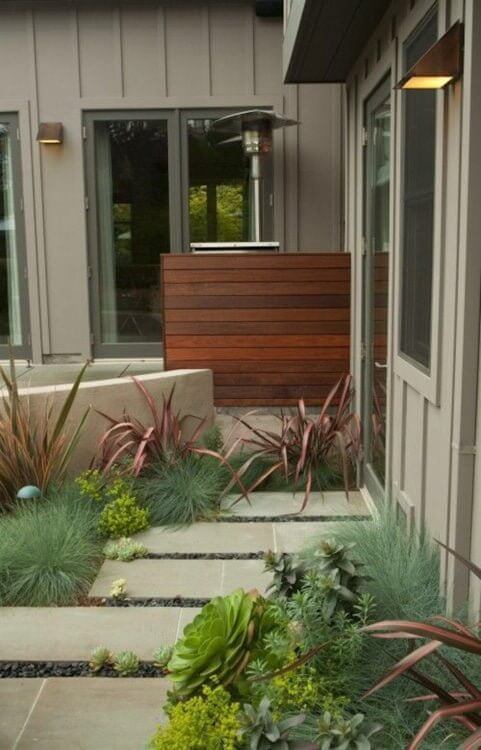
Here’s a list of materials commonly used in outdoor furniture, along with their pros and cons:
- WOOD:
- Pros:
- Natural and aesthetically pleasing.
- Durable and long-lasting if properly maintained.
- Can be refinished or painted to change appearance.
- Cons:
- Susceptible to rot, decay, and insect damage.
- Requires regular maintenance such as sealing and staining.
- Can be more expensive compared to other materials.
- Pros:
- ALUMINUM:
- Pros:
- Lightweight and easy to move.
- Resistant to rust and corrosion.
- Low maintenance and easy to clean.
- Cons:
- May not have the same visual appeal as other materials.
- Can become hot when exposed to direct sunlight.
- May not be as sturdy as other materials.
- Pros:
- WICKER OR RATTAN:
- Pros:
- Natural and stylish appearance.
- Lightweight and easy to move.
- Resistant to weather conditions.
- Cons:
- Requires regular maintenance to prevent unraveling or sagging.
- Natural wicker can fade or become brittle over time.
- May be more expensive than other materials.
- Pros:
- PLASTIC OR RESIN:
- Pros:
- Affordable and widely available.
- Resistant to weather conditions.
- Easy to clean and maintain.
- Cons:
- Prone to fading and discoloration over time.
- Can be less durable and sturdy compared to other materials.
- May not have the same aesthetic appeal as natural materials.
- Pros:
- STEEL:
- Pros:
- Strong and durable.
- Resistant to weather conditions.
- Can be styled in various designs.
- Cons:
- Susceptible to rust if not properly coated.
- Heavier and less portable compared to other materials.
- May require periodic maintenance to prevent rust and corrosion.
- Pros:
- IRON:
- Pros:
- Classic and timeless look.
- Sturdy and durable.
- Can be crafted into intricate designs.
- Cons:
- Prone to rust if not properly maintained.
- Heavier and less portable compared to other materials.
- Requires regular painting or coating to prevent rust.
- Pros:
- TEAK:
- Pros:
- Highly durable and weather-resistant.
- Naturally contains oils that help repel water and insects.
- Ages beautifully and develops a silvery-gray patina.
- Cons:
- Can be expensive compared to other materials.
- Requires periodic maintenance to preserve its appearance.
- Sourcing of teak can have environmental concerns.
- Pros:
- CONCRETE:
- Pros:
- Extremely durable and long-lasting.
- Can withstand various weather conditions.
- Low maintenance and easy to clean.
- Cons:
- Heavy and less portable.
- Limited design options compared to other materials.
- Can be uncomfortable without additional cushions.
- Pros:
- SYNTHETIC FABRICS:
- Pros:
- Offer a wide range of colors and patterns.
- Resistant to fading and mildew.
- Quick-drying and easy to clean.
- Cons:
- May not have the same luxurious feel as natural fabrics.
- Prone to wear and tear over time.
- Quality can vary, impacting durability.
- Pros:

It’s worth noting that the specific pros and cons may vary depending on the quality, craftsmanship, and maintenance of the furniture made from these materials!
Next…
- SEE Jess’ new list of the 25 best outdoor furniture pieces for this summer!
- SCORE our “15+ Secrets to Saving Serious Money on Your Backyard!”
- FIND everything you need in The Complete List of Outdoor Projects!










